Vitamin D3 has been described as a key that opens the genomic library. Since every cell in the body carries a copy of the entire human genome, one can begin to appreciate the widespread effect that vitamin D has upon human health, though this has gone unrecognized until recently. Vitamin D, actually the molecular representation of solar radiation in the body (UV-B sun rays activate production of vitamin D3 in the skin), is likened to a hormesis effect — a mild biological stressor that can activate defenses in the human body.
Vitamin D works synergistically with components in the Longevinex matrix, particularly in aiding the breakdown of the IP6 bran factor to IP3. Also, resveratrol works to sensitize the vitamin D receptor on the surface of cells. These serve as examples for the demonstrated superiority of the new Longevinex with its unique matrix of nutraceuticals rather than resveratrol alone, as found in many other brands.
The dosage of vitamin D3, 1200 IU per capsule (30 micrograms) is approximated to be what 15 minutes of midday summer sun exposure would produce (total body sun exposure). No side effects have been reported for this dosage. The toxic range for vitamin D does not theoretically begin till 40,000 IU are consumed for a prolonged period of time. The current recommended daily allowance for vitamin D, 400 IU, is now deemed to be inadequate and will measurably raise blood concentrations or liver stores.
Safety margin of Vitamin D3 in Longevinex
400 IU Present recommended daily allowance
2000 IU Amount in Longevinex, per serving. Present safe upper limit (outmoded)Recommended minimum intake by Vitamin D Council
4,000 IU Needed to raise blood levels of vitamin D
10,000 IU produced by 1 hour of total body midday summer sun with no side effects
40,000 IU per day, amount where side effects begin after prolonged intake





Leave A Comment